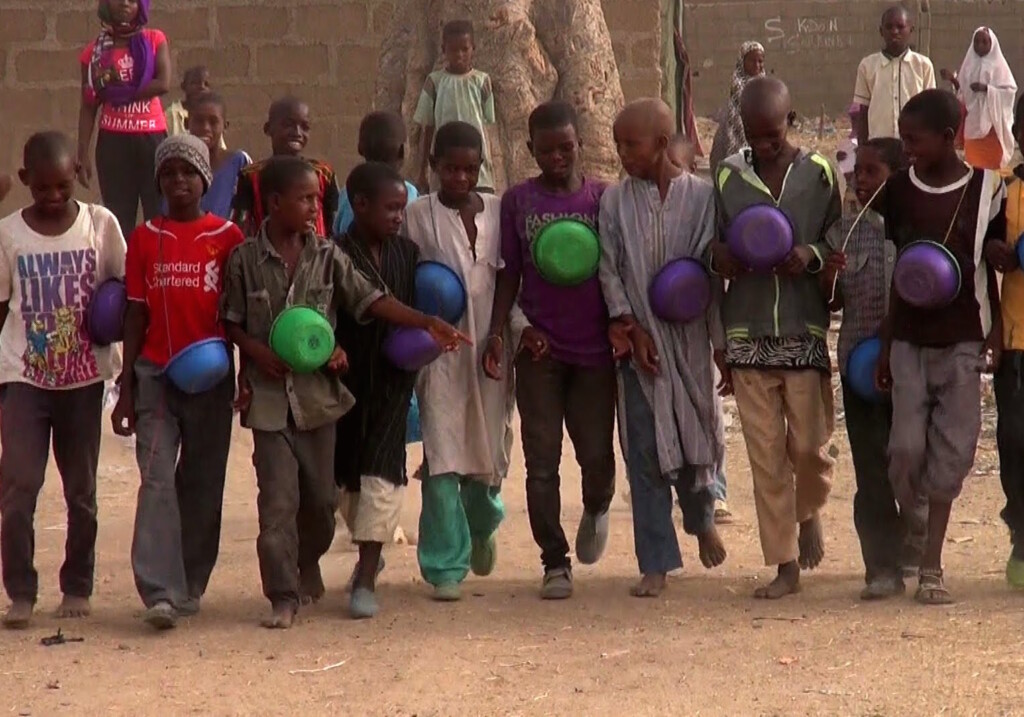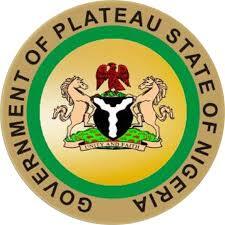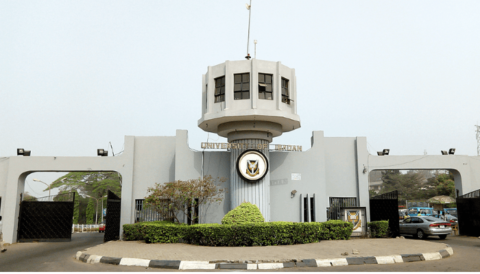The federal government has identified poverty, insecurity, and cultural barriers as major drivers of the growing number of out-of-school children in Nigeria, now estimated to exceed 14.8 million.
Minister of Education, Dr. Olatunji Alausa, made the disclosure while speaking at the opening of the International Conference on Smart Education and Digital Literacy (ICSE 2025). He emphasized the importance of collaborative efforts to address the crisis, calling on stakeholders, including development partners and private sector actors, to work together.
“Despite our progress, we recognise the persistent challenge of out-of-school children, with numbers exceeding 14.8 million. Factors such as poverty, insecurity, and cultural barriers compound this issue,” Alausa said.
He noted that the government is leveraging partnerships with the Universal Basic Education Commission (UBEC), state governments, and international development partners to tackle the problem. Under the Hope for Quality Basic Education for All (HOPE-EDU) initiative, the federal government has secured $552.18 million in funding from the World Bank and the Global Partnership for Education (GPE). The funds aim to improve foundational learning for more than 29 million children and train over 500,000 teachers through a performance-based financing model.
Speaking on the theme of the conference, “Empowering African Smart Education Through Emerging Technologies,” Alausa said it aligns with the strategic goals of Nigeria’s education sector.
Also speaking at the event, UBEC Executive Secretary, Aisha Garba, reaffirmed the commission’s commitment to providing equitable and inclusive basic education. She stressed the importance of embracing innovation to transform learning and ensure no child is left behind.
“In a world increasingly defined by technology, fulfilling this mandate demands that the country rethinks education delivery, reimagine learning environments, and embrace innovation to bridge learning gaps and unlock the potential of every child,” she said.
Garba cited examples from countries such as Finland, where school autonomy and teacher empowerment have driven system-wide excellence; Rwanda, where Artificial Intelligence and community involvement are being integrated into rural education; and Kenya, which has implemented nationwide digital literacy through device distribution and teacher training.
She concluded by affirming the government’s focus on building a sustainable, technology-driven education system. “We have moved beyond simply introducing technology into our schools, but are now building a systematic, sustainable model for integrating digital innovation into teaching and learning,” she said.





